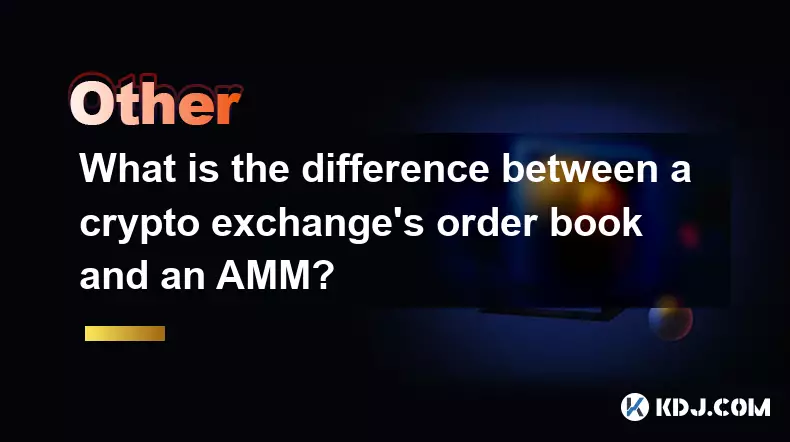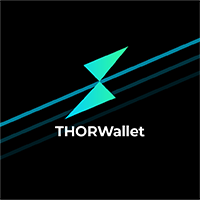-
 bitcoin
bitcoin $102877.190955 USD
1.88% -
 ethereum
ethereum $3430.435064 USD
4.52% -
 tether
tether $0.999264 USD
-0.05% -
 xrp
xrp $2.307310 USD
4.49% -
 bnb
bnb $987.740692 USD
3.82% -
 solana
solana $161.947760 USD
3.97% -
 usd-coin
usd-coin $0.999712 USD
-0.05% -
 tron
tron $0.292810 USD
2.93% -
 dogecoin
dogecoin $0.179738 USD
10.70% -
 cardano
cardano $0.580716 USD
8.75% -
 hyperliquid
hyperliquid $42.463448 USD
8.40% -
 chainlink
chainlink $15.763437 USD
7.05% -
 zcash
zcash $649.595636 USD
17.21% -
 bitcoin-cash
bitcoin-cash $511.610261 USD
7.19% -
 stellar
stellar $0.292537 USD
7.91%
how to store data in blockchain
By selecting an appropriate storage method, such as on-chain or off-chain, and leveraging smart contracts for data management, businesses can effectively store data on the blockchain to enhance data integrity, security, and transparency.
Oct 23, 2024 at 03:54 am

- Ethereum: Supports a variety of decentralized applications (dApps), and its native token (ETH) is widely used.
- Bitcoin: Primarily used as a cryptocurrency, but can also store small amounts of data.
- Hyperledger Fabric: A permissioned blockchain designed for enterprise use cases.
- Raw Data: Store data in its original form, such as images, text, or videos.
- Hashed Data: Create a unique fingerprint of your data, which can be used to verify its integrity without revealing the original content.
- On-chain Storage: Stores data directly on the blockchain, creating a permanent and immutable record.
- Off-chain Storage: Uses decentralized file storage systems, such as IPFS or Filecoin, to store bulky or sensitive data outside the blockchain.
- Data Registration Contract: Allows you to record data ownership and define access privileges.
- Data Access Contract: Specifies rules for who can access and retrieve data from the storage system.
- Protect sensitive data from unauthorized access by encrypting it using cryptographic techniques.
- Verify that your data storage solution meets your security and performance requirements.
- Regularly audit the system to detect any vulnerabilities or inconsistencies.
- Data Quantity: On-chain storage is expensive, while off-chain storage is more cost-effective for large amounts of data.
- Immutability: Data stored on the blockchain is tamper-proof, but it also means that any errors or outdated information cannot be easily corrected.
- Privacy: Consider the trade-off between data visibility and privacy when choosing a storage method.
- Accessibility: On-chain data is publicly accessible, while off-chain data may require additional steps to retrieve.
Disclaimer:info@kdj.com
The information provided is not trading advice. kdj.com does not assume any responsibility for any investments made based on the information provided in this article. Cryptocurrencies are highly volatile and it is highly recommended that you invest with caution after thorough research!
If you believe that the content used on this website infringes your copyright, please contact us immediately (info@kdj.com) and we will delete it promptly.
- Ripple (XRP) in 2026: Hold or Fold? A Look at XRP's Future and Emerging DeFi Alternatives
- 2025-11-08 18:35:01
- Zcash ZEC Coin Price Explosion: From Privacy Niche to Center Stage
- 2025-11-08 18:55:01
- Berachain Price Prediction: Navigating the Honeycomb Hype in Crypto
- 2025-11-08 18:55:01
- Arthur Hayes, Gold, and Bitcoin: A Modern Monetary Trinity?
- 2025-11-08 19:15:01
- Shiba Inu's Next Move: Navigating a Shifting Market
- 2025-11-08 19:20:01
- Pakistan's Crypto Crossroads: Balancing Opportunity with Asset-Backed Realities
- 2025-11-08 19:20:01
Related knowledge

What is a cryptographic nonce and how is it used to prevent replay attacks?
Nov 08,2025 at 05:00pm
Understanding Cryptographic Nonces in Blockchain Systems1. A cryptographic nonce is a number used only once within a specific cryptographic communicat...

What is a call data in an Ethereum transaction and how is it used?
Nov 09,2025 at 01:59am
Understanding Call Data in Ethereum Transactions1. Call data refers to the information sent along with a transaction on the Ethereum network that spec...

What is the difference between a crypto exchange's order book and an AMM?
Nov 09,2025 at 12:19am
Understanding the Structure of Crypto Exchange Order Books1. An order book is a real-time list of buy and sell orders for a specific cryptocurrency, o...

What is social recovery for wallets and how does it work without a seed phrase?
Nov 08,2025 at 08:39am
Social Recovery in Cryptocurrency Wallets1. Social recovery is a mechanism designed to help users regain access to their cryptocurrency wallets withou...

What is a confidential transaction and how does it hide transaction amounts?
Nov 08,2025 at 07:19pm
Understanding Confidential Transactions in Cryptocurrency1. Confidential transactions are a cryptographic method used in certain blockchain networks t...

What is a data availability layer and how does it help rollups become more secure and cheaper?
Nov 08,2025 at 08:39pm
What Is a Data Availability Layer?1. A data availability layer is a foundational component in blockchain infrastructure designed to ensure that transa...

What is a cryptographic nonce and how is it used to prevent replay attacks?
Nov 08,2025 at 05:00pm
Understanding Cryptographic Nonces in Blockchain Systems1. A cryptographic nonce is a number used only once within a specific cryptographic communicat...

What is a call data in an Ethereum transaction and how is it used?
Nov 09,2025 at 01:59am
Understanding Call Data in Ethereum Transactions1. Call data refers to the information sent along with a transaction on the Ethereum network that spec...

What is the difference between a crypto exchange's order book and an AMM?
Nov 09,2025 at 12:19am
Understanding the Structure of Crypto Exchange Order Books1. An order book is a real-time list of buy and sell orders for a specific cryptocurrency, o...

What is social recovery for wallets and how does it work without a seed phrase?
Nov 08,2025 at 08:39am
Social Recovery in Cryptocurrency Wallets1. Social recovery is a mechanism designed to help users regain access to their cryptocurrency wallets withou...

What is a confidential transaction and how does it hide transaction amounts?
Nov 08,2025 at 07:19pm
Understanding Confidential Transactions in Cryptocurrency1. Confidential transactions are a cryptographic method used in certain blockchain networks t...

What is a data availability layer and how does it help rollups become more secure and cheaper?
Nov 08,2025 at 08:39pm
What Is a Data Availability Layer?1. A data availability layer is a foundational component in blockchain infrastructure designed to ensure that transa...
See all articles





















![The Graph Price Prediction [GRT Crypto Price News Today] The Graph Price Prediction [GRT Crypto Price News Today]](/uploads/2025/11/07/cryptocurrencies-news/videos/690d4df44fe69_image_500_375.webp)



















































